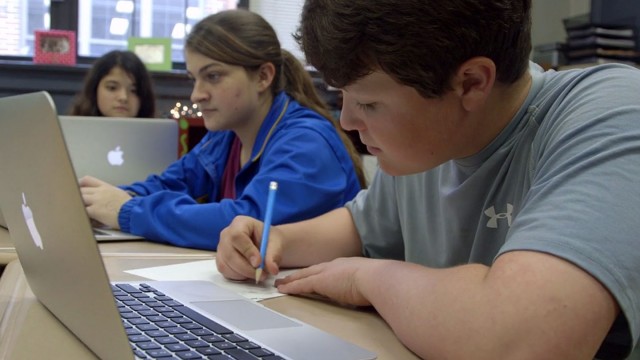
Like many districts serving low-income populations, it was fairly easy for Piedmont City School District officials in Alabama to find funds for devices. District officials wanted to leverage technology to open up opportunities for the 1,240 students in this rural community, so they started sending devices home with kids in grades 4-12 in 2009 through a program they call mPower Piedmont. However, lack of access to the Internet after school and in kids' homes became a major obstacle to learning with those devices.
At first, teachers tried to work around Internet limitations, letting students download what they’d need for work at home before they left school. Teachers also helped students find places in the community that had free Internet, like restaurants. Downloading content worked for some things, but it didn't allow students to truly take advantage of digital tools, like interacting with peers, accessing flipped instruction or conducting online research, said Matt Akin, Piedmont’s superintendent, in an edWeb webinar.
“It was really not fair to say this homework requires Internet access, and if you don’t have it, go to McDonald's,” Akin said. “But it was the only option that we had.”
At first, to compensate for disparities in Internet connections, many local businesses cooperated with the district and allowed students to use the Internet at their establishments. However, it was difficult for students without independent transportation to get themselves around town. Late one night, when Akin was leaving the middle school, he saw students sitting on the steps of the school trying to use its Internet. That's when he knew they needed to devise another solution.
Akin applied for a Learning on the Go grant, part of the E-rate program that helps subsidize the cost of Internet for schools and libraries. The district used the money to contract with a vendor that partnered with the city to build a wireless network on existing fiber optic cables that weren’t being used. Then, the school district used E-rate funds to lease use of the network. But, as so often happens with pilot programs, E-rate didn’t renew the program the following year, so the district had to shoulder the costs of maintaining the network.

